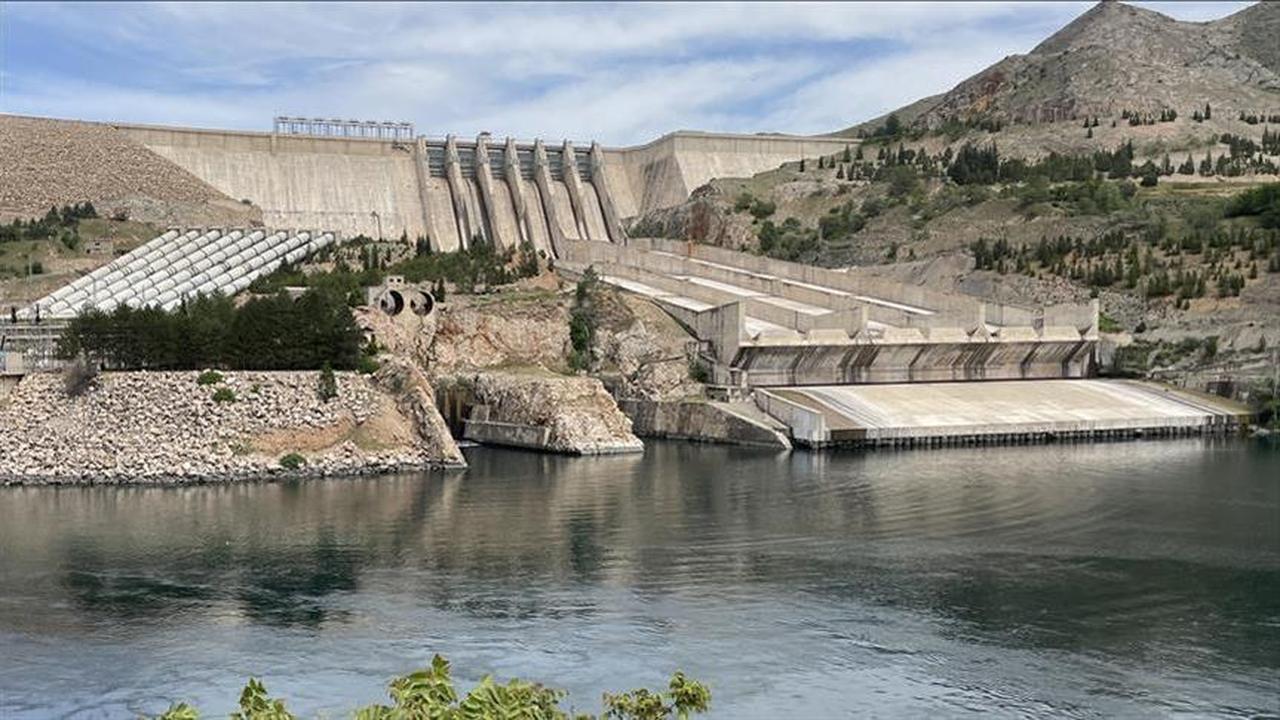
Türkiye recorded the highest hydropower capacity increase in Europe in 2024, adding 241 megawatts (MW) to its national grid, according to data compiled from the International Hydropower Association (IHA).
The IHA’s "2025 World Hydropower Outlook" reports that Türkiye led all European countries in new hydropower capacity last year. The country was followed by Portugal with 160 MW, Austria with 118 MW, Germany with 63 MW, and Norway with 53 MW.
Türkiye's total installed hydropower capacity reached 33 gigawatts (GW), positioning it second in Europe behind Norway’s 34 GW.

Globally, hydropower remains the largest renewable source of electricity, accounting for 14.3% of global electricity generation. In 2024, total installed hydropower capacity increased by 24.6 GW, bringing the global total to 1,443 GW.
This included 16.2 GW from conventional hydropower plants and 8.4 GW from pumped storage systems.
East Asia and the Pacific contributed 15 GW to the global increase, bringing their regional total to 577 GW, while Africa added 4,507 MW to reach a total capacity of 47 GW.
In Europe, the overall hydropower capacity reached 263 GW, including 56 MW from pumped storage systems.

Türkiye continues to prioritize hydropower as a core element of its energy strategy, aiming to increase the share of renewables and reduce reliance on imported energy.
Ongoing government support has led to the commissioning of numerous facilities, and approximately 600 MW of hydropower projects are currently under construction.
Hydropower also supports Türkiye's climate and energy security objectives, contributing to long-term sustainability.
On a global scale, China maintains its lead with 421 GW of installed capacity, followed by Brazil with 110 GW and the United States with 102 GW.
Other top contributors include Canada, Russia, India, Japan, Norway, Türkiye, and Vietnam.
Global electricity production from hydropower reached 4,578 terawatt-hours (TWh) last year. The highest output was recorded in South America with 725 TWh, followed by Europe (680 TWh) and North and Central America (637 TWh).